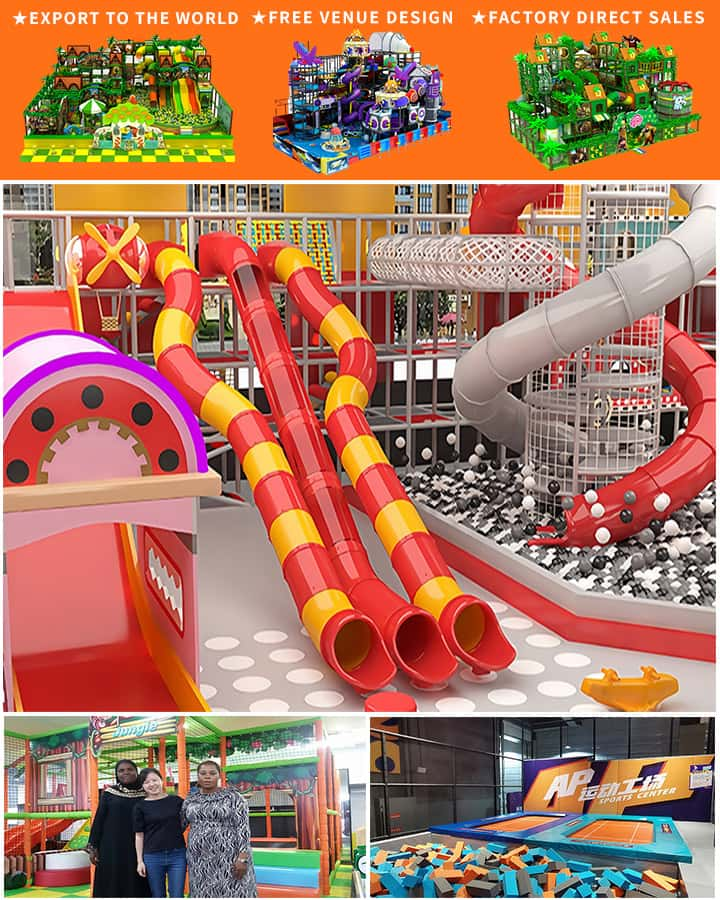In recent years, indoor playgrounds have become increasingly popular among families seeking safe and controlled environments for children to play and socialize. With this growing trend comes the question of how much these ventures can realistically expect to earn—an important consideration for prospective owners and investors. This article delves into the financial aspects of running an indoor playground, exploring average income, factors affecting profitability, and tips for maximizing revenue.
Understanding the Average Income
The average income of an indoor playground can vary significantly based on several factors such as location, size, amenities offered, and business model. Generally speaking, however, a mid-sized indoor playground in a moderately populated area might generate annual revenues ranging from \(200,000 to \)500,000. Smaller facilities may see lower earnings, while larger, more elaborate setups in prime locations can exceed even half a million dollars annually.
Key Revenue Streams
Admission Fees: The primary source of income for most indoor playgrounds is admission fees paid by visitors. Prices are typically charged per child for a given time period, often ranging from \(10 to \)20 for a couple of hours.
Party Hosting: Many indoor playgrounds also offer party hosting services, which can be a significant revenue stream. Charges for birthday parties or special events generally range from \(200 to \)500 or more, depending on the package.

Seasonal Passes and Memberships: Offering memberships or seasonal passes can help stabilize monthly income. These might range from \(50 to \)200 per month, providing unlimited access to the facility during the membership period.
Snack Bar and Souvenir Sales: Adding a snack bar or selling branded merchandise can contribute an additional 10-20% to the overall revenue.
Factors Affecting Income
Location: The geographical location profoundly affects the income potential. Urban and suburban areas with high foot traffic and disposable income tend to perform better compared to rural settings.
Size and Quality of Facility: Larger playgrounds with more amenities like climbing structures, ball pits, and slides attract more visitors and justify higher admission fees.
Marketing Efforts: Effective marketing strategies can boost visibility and customer base. Utilizing social media, local advertising, and community involvement can significantly impact attendance rates.
Economic Conditions: Like any business, indoor playgrounds are susceptible to broader economic conditions. During times of economic downturn, discretionary spending on entertainment decreases, affecting incomes.
Financial Management Tips
Diversify Revenue Streams: Don’t rely solely on admission fees. Incorporating party hosting, memberships, and other auxiliary services can provide more stable and varied income sources.
Optimize Operational Costs: Controlling expenses related to utilities, maintenance, and staffing can improve profit margins without compromising service quality.
Leverage Technology: Implementing efficient booking systems and digital marketing strategies can enhance customer experience and streamline operations, driving higher engagement.
Customer Loyalty Programs: Implementing loyalty programs or discounts for repeat customers encourages frequent visits and fosters long-term relationships with patrons.
Conclusion
The average income for an indoor playground varies widely depending on multiple factors including location, facility size, and operational efficiency. While starting an indoor playground can be a profitable venture, it requires careful planning, strategic marketing, and diligent financial management. By understanding the dynamics of income generation and implementing best practices for operational success, entrepreneurs can maximize their earnings and build thriving businesses in this family-friendly industry.




